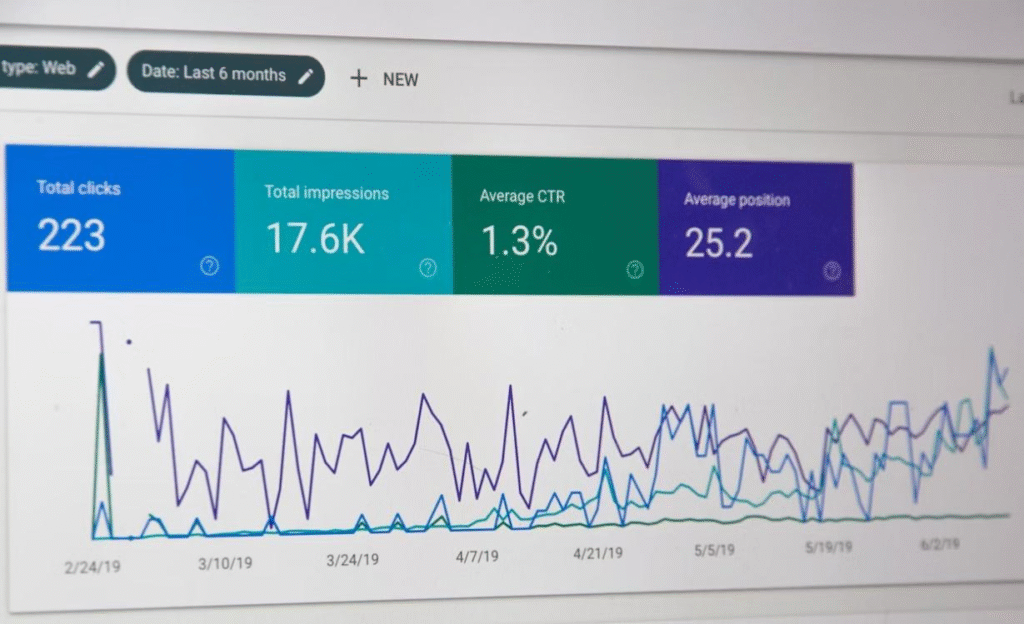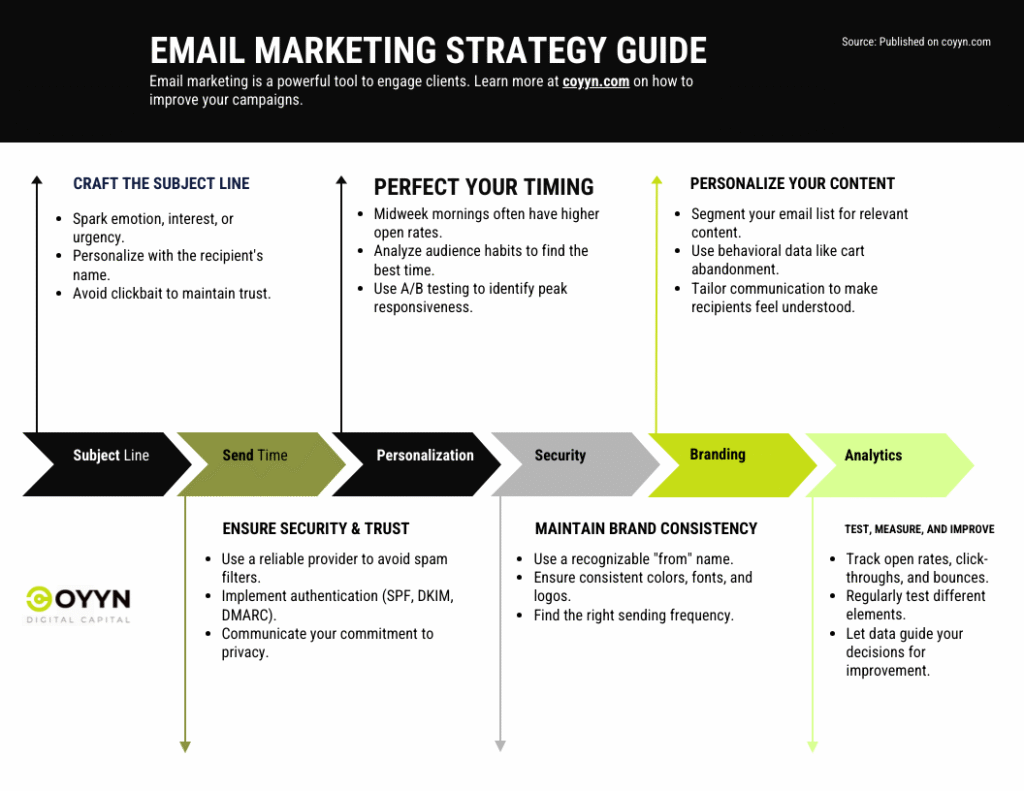Email marketing continues to be one of the most powerful tools your business can use to engage with clients, drive sales, and build trust in your brand. However, one of the greatest challenges you’re expected to face is ensuring that your emails are crafted in a way that prevents people from ignoring them. You don’t want them to become one of the many emails in your customers’ cluttered inboxes. Every day, users receive dozens of messages from brands, friends, and promotions, which means that the competition for attention is fierce. To succeed, it’s not enough to simply send an email, you need to send one that inspires curiosity, builds trust, and encourages the recipient to take action.
So, is there any way you can increase the chances of having your emails opened? This article explores a series of strategies that can help you turn your marketing emails from overlooked notifications into irresistible messages.

The subject line can make or break your campaign
The subject line will always be the first element your recipients see, and it will determine whether they open the email or not. They will most likely ignore a bland and generic subject line, but one that sparks emotion, interest, or urgency will have better open rates. Instead of writing “Our September Newsletter,” consider something more engaging like “3 Surprising Trends You’ll Love This September.” The difference lies in creating intrigue and value at the same time. It’s also advisable to personalize the subject line, when possible, by tailoring it to feel more personal, or even to include their name. This way they will feel acknowledged and more prone to engage with your content. However, avoid clickbait, while it may drive an initial spike in opens, it can damage trust if the content doesn’t deliver what the subject line promised.
The time when you send emails matters
Even the most well-written email will fail to deliver the desired effect if you send it at the wrong time. Put yourself in the recipient’s shoes, when you get an email at midnight, you will probably leave it buried with the other unread ones, and forget about it by morning. Research suggests that midweek mornings often deliver higher open rates, but the “best” time depends on your audience’s habits. A business-focused audience may respond better to weekday mornings, while a lifestyle brand might find success in the evenings or weekends. You could play a little with the times when you send emails and analyze the data. Most email platforms allow you to run A/B testing, so you can identify the specific time when your subscribers are the most responsive. It’s crucial to understand your audience’s daily rhythm and try to align your messages with their habits.

Personalization means more than a name
One might have the misconception that personalization ends with calling someone by their first name. In fact, customers expect brands to understand their preferences and needs, more than remembering their name. Segmenting your email list allows you to send relevant content to different groups rather than relying on a one-size-fits-all approach. For example, a clothing brand could create separate campaigns for customers interested in men’s wear, women’s fashion, or children’s apparel.
You can also personalize your emails according to your clients’ behavior. Let’s say that one of the customers recently abandoned their cart, you can send a reminder email to highlight the product and even include a limited-time discount to motivate them to close the deal. If someone regularly clicks on articles about healthy eating, prioritize sending them nutrition-related content. This type of tailored communication makes recipients feel understood and increases the likelihood they’ll open and engage with your emails.
Build trust by establishing your email with a reliable provider
Yes, design and content are critical for marketing emails, but security shouldn’t be overlooked. Security plays a major role in whether your emails are delivered and opened so you should pick a provider that ensures your messages are authenticated and less likely to be marked as spam. Your clients will be more prone to read the message if the business email comes from a trusted domain.
Customers are increasingly cautious about phishing attempts and suspicious emails. Implementing authentication protocols like SPF, DKIM, and DMARC helps prove that your emails are legitimate and protects both your brand and your subscribers. Beyond that, avoid practices that raise red flags, such as using misleading subject lines, attaching unnecessary files, or sending from free webmail domains.
It’s also essential to communicate your commitment to security to build trust among your clients. When they know that you will respect their privacy and handle their data responsibly, they are more inclined to open your messages and even respond to your calls to action. In short, security isn’t just about protecting data, it’s about protecting the relationship you’ve built with your audience.
Be consistent with branding
Another powerful but quite subtle factor that influences the open rates is familiarity. When the recipient recognizes the brand name and associates it with value, they are more likely to open the emails. That’s why consistency in design, tone, and sending frequency is so important. Use a recognizable “from” name, ideally your brand or a familiar figure associated with your company.
Make sure your email design reflects your branding, consistent colors, fonts, and logos reinforce recognition. Likewise, avoid overwhelming subscribers with too many emails, but also don’t disappear for months at a time. Finding the right frequency helps build anticipation without creating fatigue.
Test, measure, and improve
Email marketing is measurable, so you can easily figure out if one strategy works. Click-through rates, open rates, and bounce rates will provide you with valuable insights to understand what’s working and what’s not.
Test different elements regularly (subject lines, design, send times, and content) and refine the approach to get better results over time. For example, you might discover that shorter subject lines perform better with your audience, or that including emojis increases open rates. The key is not to rely on assumptions but to let data guide your decisions. Email marketing is an ongoing process of experimentation, learning, and improvement.

